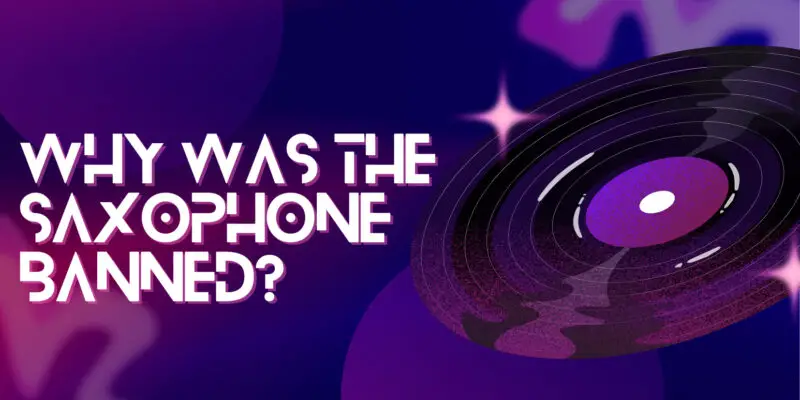The saxophone, with its unique sound and versatility, is a beloved instrument in the world of music. However, it may come as a surprise to some that there was a time when the saxophone faced bans and restrictions in certain settings. In this article, we’ll explore the historical controversy surrounding the saxophone and the reasons behind its bans in various contexts.
The Early Saxophone: A Revolutionary Invention
Invented by Adolphe Sax in the early 1840s, the saxophone was a revolutionary addition to the world of musical instruments. It combined elements of both woodwind and brass instruments, offering a wide range and an expressive tone. Adolphe Sax intended the saxophone to be a versatile instrument suitable for various musical genres, including classical, military, and orchestral music.
The Saxophone’s Use in Military Bands
One of the early adopters of the saxophone was military music. The instrument’s projection and unique tonal qualities made it well-suited for outdoor performances and marching bands. It quickly gained popularity in military ensembles across Europe in the mid-19th century.
The Saxophone Ban in France
The controversy surrounding the saxophone began in France in the mid-1800s. The French military, in particular, embraced the saxophone, but it also faced opposition from traditionalists who favored more established instruments like the clarinet and trumpet. Critics of the saxophone argued that it disrupted the purity of military music and considered it an outsider in the world of traditional wind and brass instruments.
In 1868, the French military banned the saxophone from its bands, citing concerns about intonation issues and the instrument’s distinctiveness. This ban was a significant blow to Adolphe Sax, the instrument’s inventor and advocate.
The Saxophone’s Resurgence
Despite the ban in the French military, the saxophone continued to thrive in other musical settings, particularly in jazz and orchestral music. It found a new home in the emerging world of American jazz, where its expressive capabilities and versatility made it an integral part of the genre.
The saxophone’s popularity in jazz, combined with its successful reintroduction into classical and orchestral music, led to a resurgence in its reputation. By the early 20th century, the saxophone had regained its status as a respected and celebrated instrument.
Conclusion
The saxophone’s ban in the French military was a significant historical controversy, fueled by a clash between tradition and innovation. However, this ban did not deter the saxophone’s rise to prominence in various musical genres, and it continued to capture the hearts of musicians and audiences worldwide.
Today, the saxophone stands as a testament to its inventor’s vision and the enduring power of music to transcend boundaries and controversies. Its unique sound and versatility make it a beloved instrument in classical, jazz, rock, and many other musical styles, proving that innovation and creativity will always have a place in the world of music.


